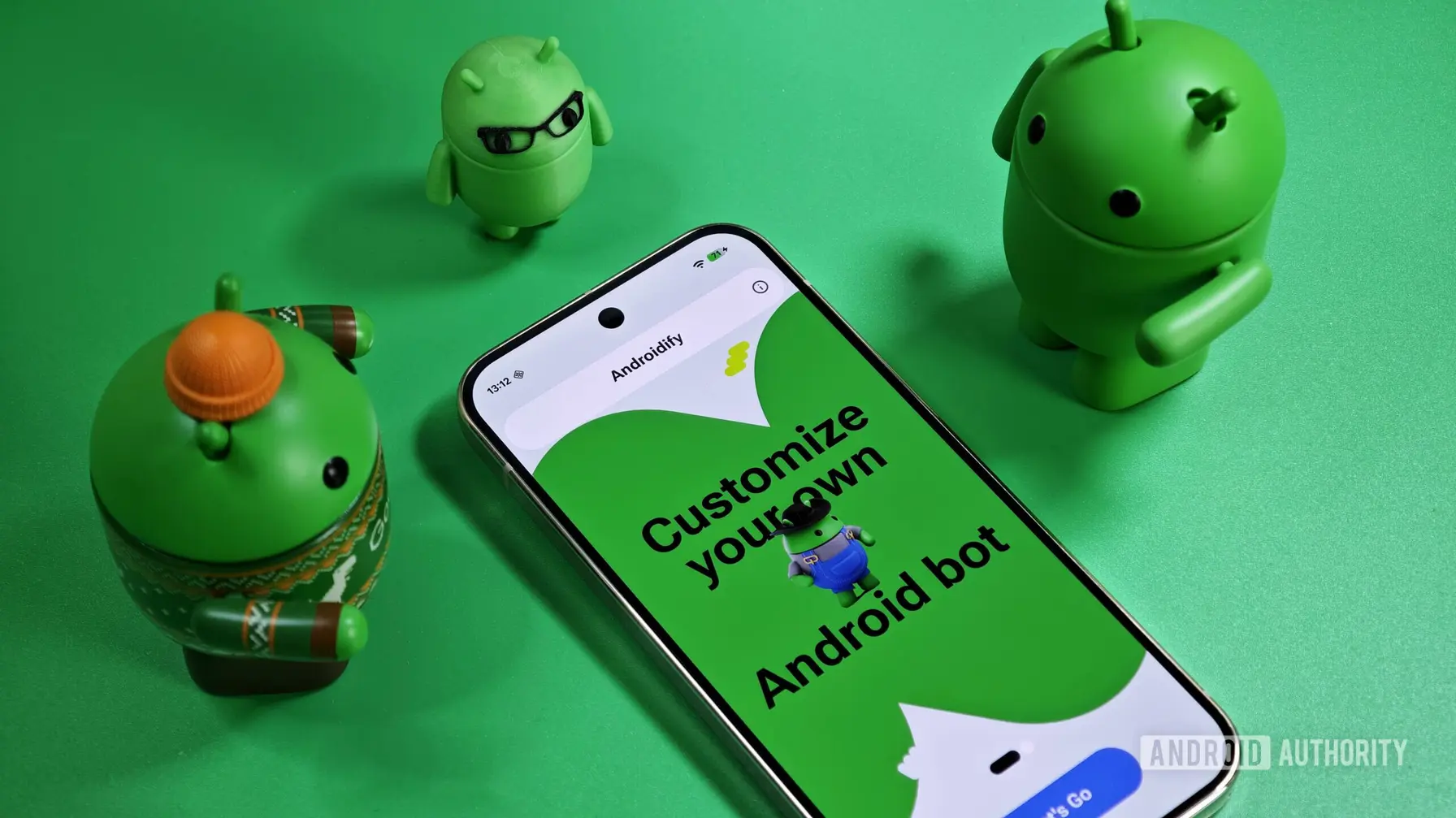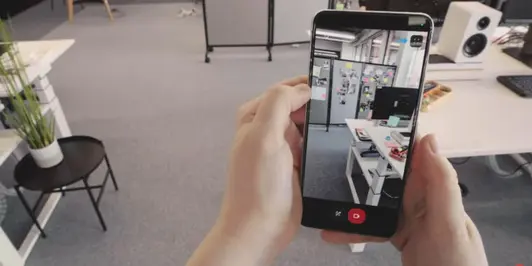T4K3.news
Google unveils Gemini 2.5 Flash Image upgrade
A major leap in AI image editing from Google with text prompts, cross-scene consistency, and developer tools now available through Gemini API and Vertex AI.

Google introduces a major upgrade to its image editing AI, promising more natural prompts and consistent edits across scenes.
Google unveils Gemini 2.5 Flash Image upgrade
Google rolled out Gemini 2.5 Flash Image, a substantial upgrade to its AI image model. The update lets users generate images from natural language prompts, merge photos, and perform precise edits without the usual distortions. It also taps into Gemini’s world knowledge to improve the realism and relevance of edits. The upgrade is part of Google’s push to close the gap with OpenAI, which has led in AI image generation during recent months. The new capabilities include maintaining a single subject across different environments, adjusting poses, and applying targeted tweaks such as background blur or color changes to a black-and-white image.
Before today, the nano-banana project name appeared on a crowdsourced evaluation platform as an anonymous entry. Google has since acknowledged that the model behind nano-banana is Gemini 2.5 Flash Image. The model is now available through the Gemini app, the Gemini API, Google AI Studio, and Vertex AI, with several template apps to help developers get started. Early real-world tests point to practical uses in real estate listings, branding assets, and product mockups, while also signaling a broader shift toward fuller integration of AI image editing across enterprise workflows.
Key Takeaways
"Gemini 2.5 keeps the subject stable across edits"
from the model’s ability to preserve a subject across scenes
"You can prompt precise tweaks like blur or color"
describing the new editing controls
"This could reshape how brands build assets"
editorial assessment of impact on marketing
"The nano banana label shows how marketing meets AI hype"
public perception and branding angle
The upgrade marks a clear step forward in AI image editing where ease of use meets technical robustness. By enabling consistent edits across multiple frames and environments, Google challenges the perception that AI-generated visuals will look plastic or inconsistent. The move also underscores how major players are racing to offer end-to-end toolkits that blend generation, editing, and asset management. Yet the hype around nano-banana highlights a tension: branding and user perception can outpace technical readiness. As tools become more capable of altering real-world imagery, questions about consent, privacy, and content ownership grow louder. Guardrails and clear disclosure will shape how much trust users place in this technology and how quickly businesses adopt it.
Highlights
- Gemini 2.5 keeps the subject stable across edits
- One prompt edits a photo and the result stays coherent
- This could reshape how brands build assets
- The nano banana hype shows how quickly AI ideas travel
Risk: Potential privacy and misuse concerns
Advanced image editing tools can be misused for deepfakes, misrepresentations, or unauthorized branding edits. As features like cross-scene consistency and color tweaks expand, safeguards around consent, licensing, and disclosure become essential.
The future of AI image editing will hinge on responsible deployment as much as on technical leaps.
Enjoyed this? Let your friends know!
Related News

Gemini 2.5 Flash Image lands

Google reveals AI advancements at I/O 2025

Androidify returns with AI powered Android Bot builder

Nano Banana AI Colors Old Photos

Google debuts Project Astra AI prototype
Pixel Watch 4 upgrades arrive at same price
Google Pixel 10 series and accessories announced
